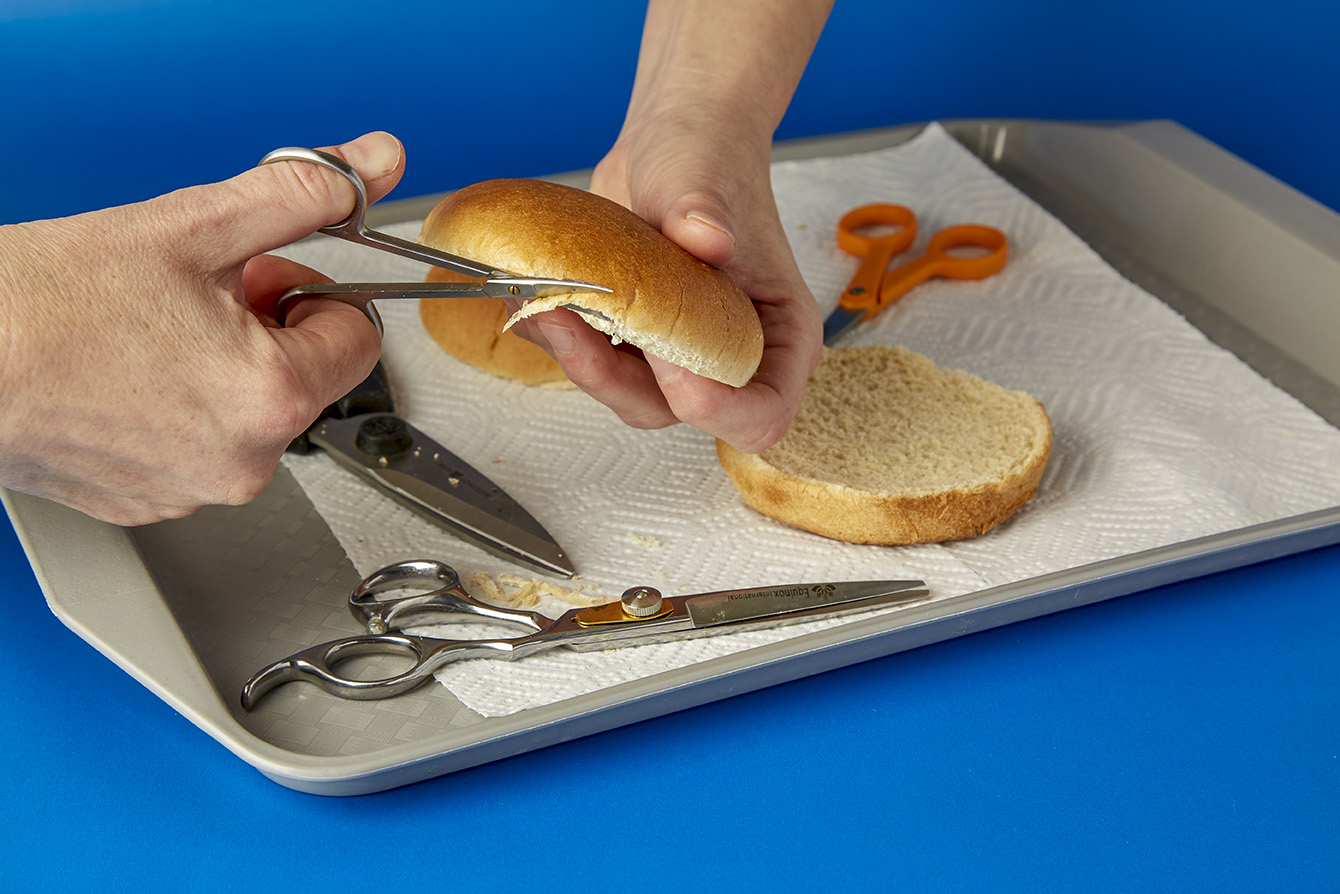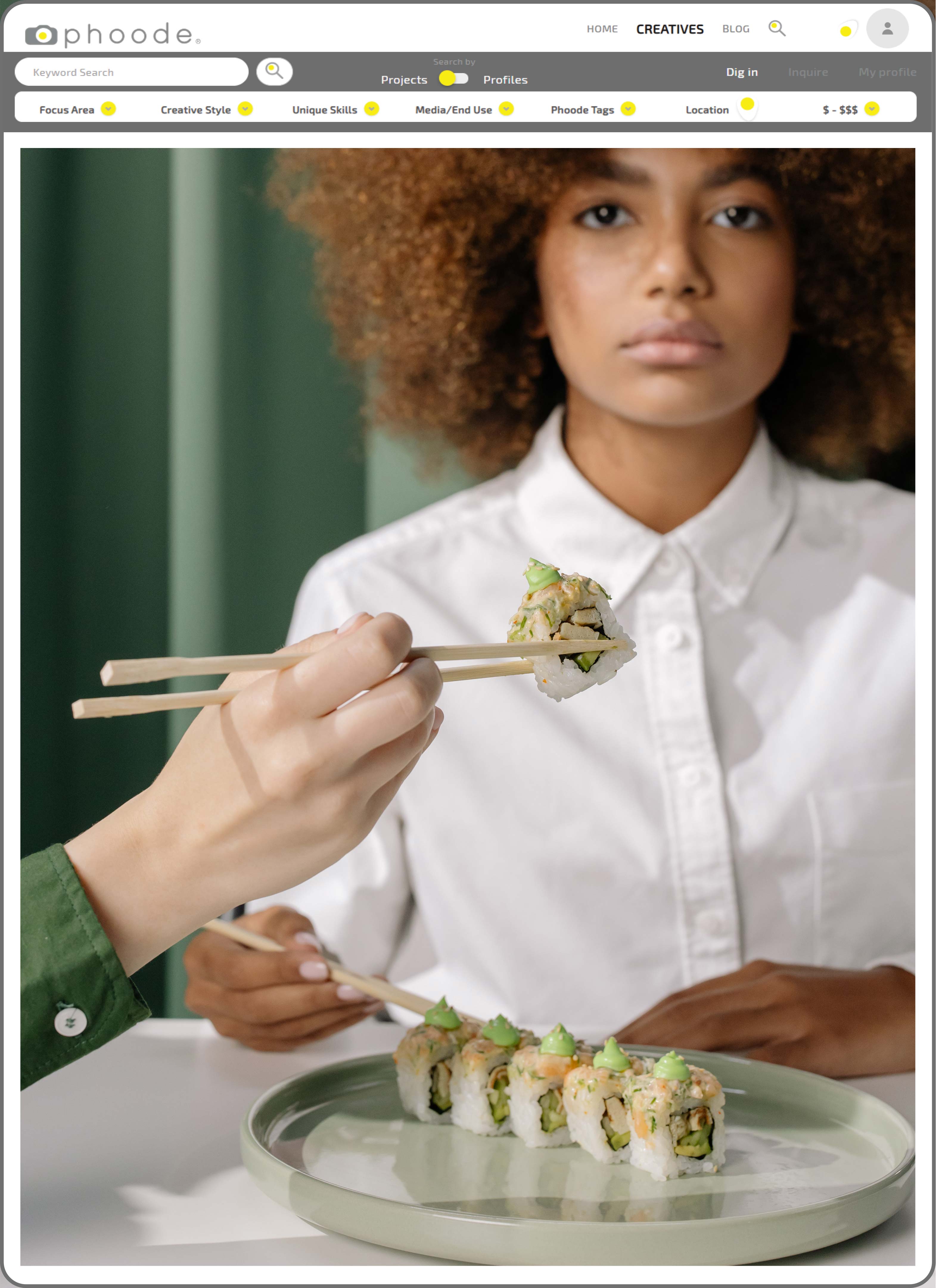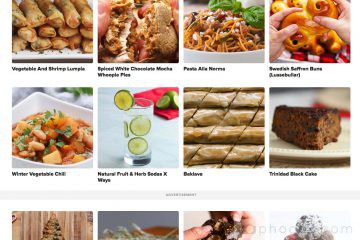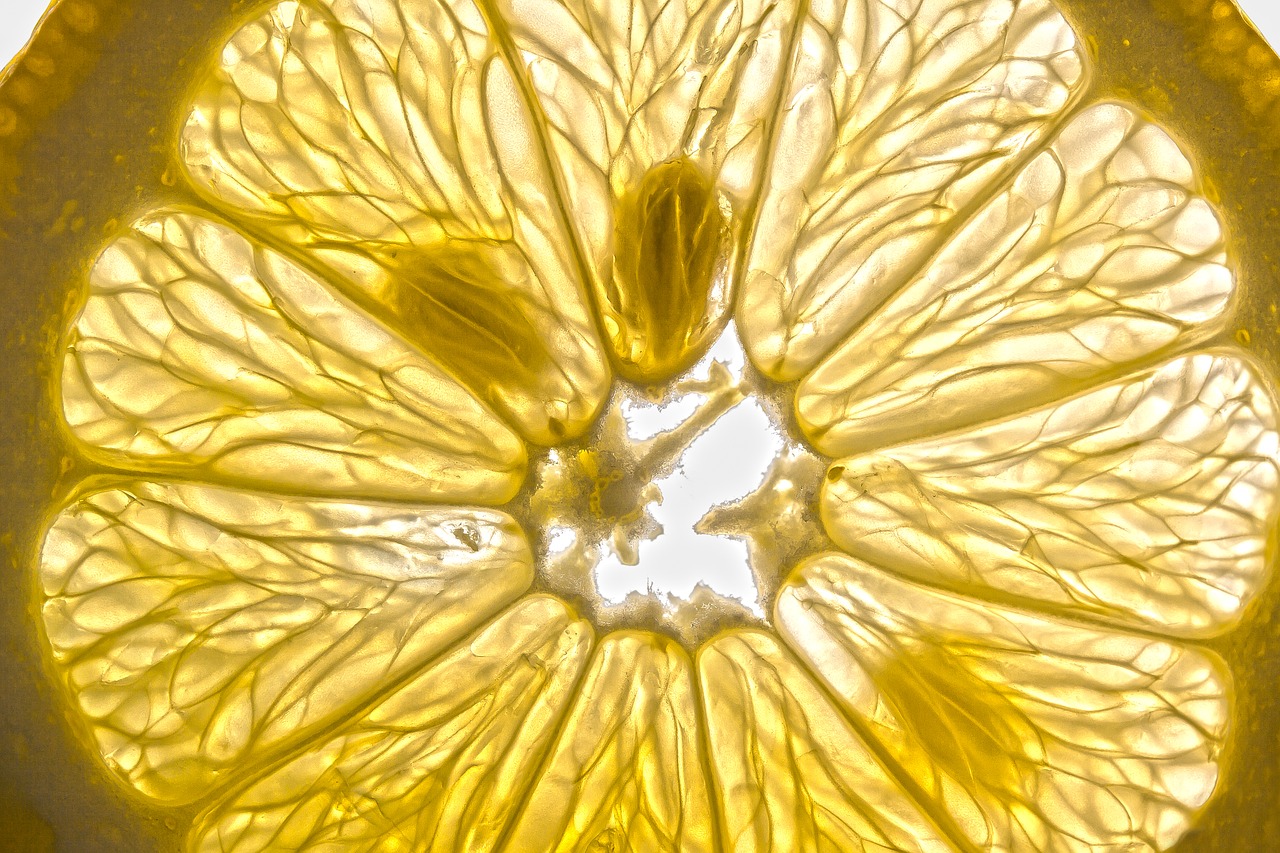Food Styling with Scissors of Every Size
There’s no secret way to go about food styling with scissors on set. No matter how you slice it, their primary job is to break things down into more attractive, digestible chunks. However, you shouldn’t underestimate just how valuable this commonplace tool can be in a tight spot.
According to historians and archeologists, ancient civilizations began crafting scissors 3000 to 4000 years ago. Over the years, it’s simple design has hardly changed. While some may be surprised to that this tool has survived thousands of years, there’s good reason as to why they’re still used today. Though there’s not much to them, scissors are capable of cutting through anything from construction paper to sheet metal.
So, it goes without saying that creative individuals can make use of a pair of scissors in the context of a food photography shoot. But where to start? And furthermore, what type of scissors is most efficient for the job?
Truthfully, no single type works “best” – all scissors are precision tools. Instead, skilled stylists will want to keep a variety at their beck and call, capable of solving a myriad of potential problems. With dozens of specialized options available, everything brings something different to the table.
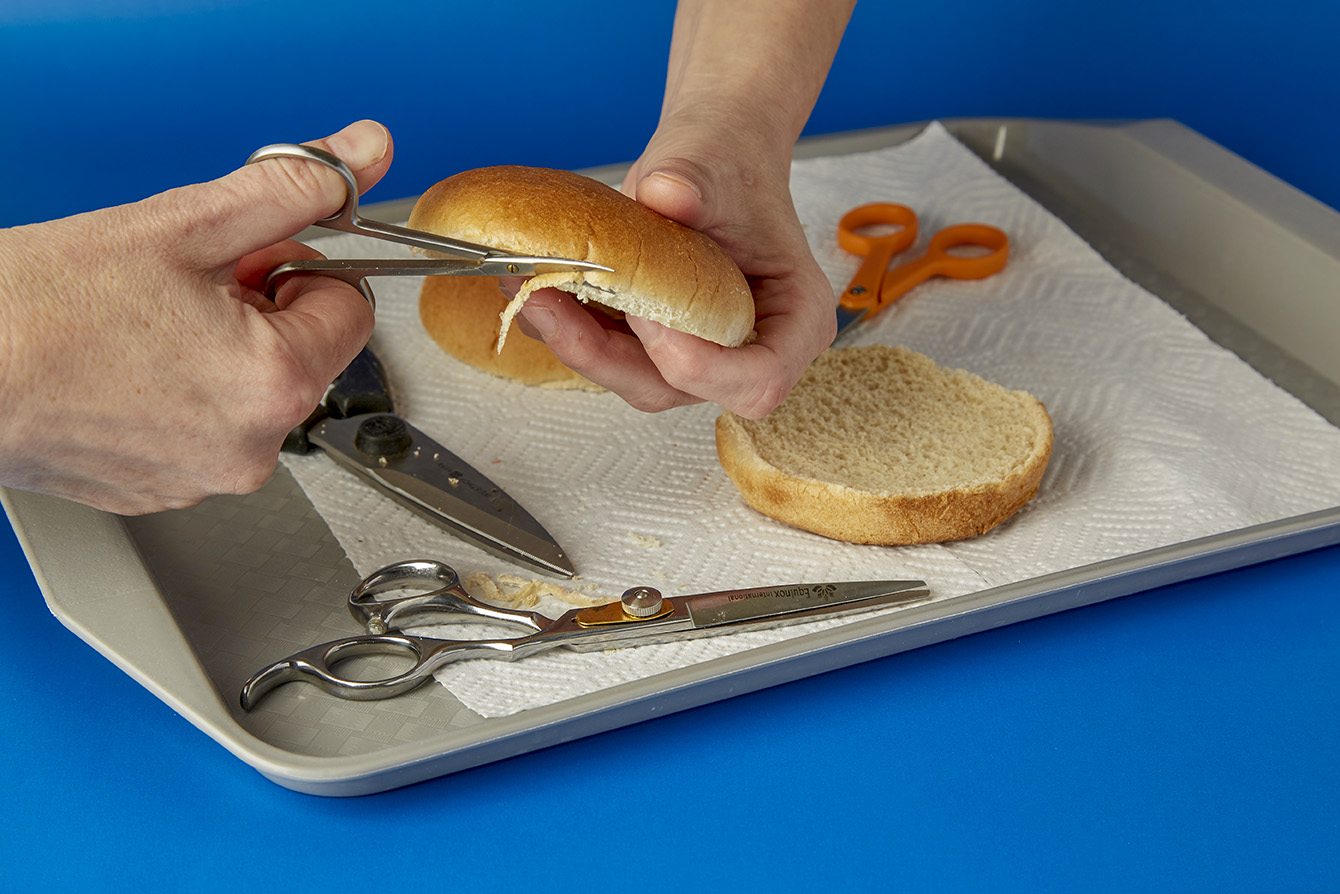
Take a moment to imagine working with some raw chicken breast. If you wanted to cut through the flesh, poultry shears would be an obvious solution. However, a pair of surgical scissors could theoretically work just as well. However, pruning or hair cutting shears wouldn’t work nearly as well – even though they’re still technically scissors. Now, imagine that instead of working with raw chicken breast, you have a whole roasted chicken that you’re trying to pretty up. More likely than not, you’d notice a few bits of loose skin that detract from your presentation. In this scenario, bringing in large, heavy duty scissors isn’t a practical solution. Instead, something more delicate would do a better job at trimming and cleaning up your bird. While a pair of embroidery of small cuticle scissors may not be appropriate in every scenario, they’d work perfectly in specific instances.
So, in short, you can make use of just about any scissors you can get your hands on. You can use them to trim down unruly greens to perfection in a tossed salad. They can sharpen (or round up) edges in a matter of seconds. A trusty pair of scissors can solve a number of unanticipated issues. For this reasons, many stylists like to keep a small army of scissors on hand of all shapes and sizes.
If you’re food styling with scissors, though, you shouldn’t discount good old fashioned all-purpose kitchen shears as an option. As much as we love to encourage our readers to experiment with an array of tools, its important to consolidate when possible. Nowadays, most kitchen shear come with additional functionalities, such as bottle openers and nut crackers. In a pinch, some are capable of scaling fish! In food styling, you never really know when you’re going to want some obscure object on hand. Food styling with scissors helps to pare down the tools you need to bring along.
No matter your tool of choice, scissors of some sort are an absolute must-have. They don’t just lighten your load – they accomplish a number of tasks with ease. So, dig around your utility drawers for this unsung hero. With a clip, snip, or cut, it’ll get your food looking picture-perfect in a matter of moments.




